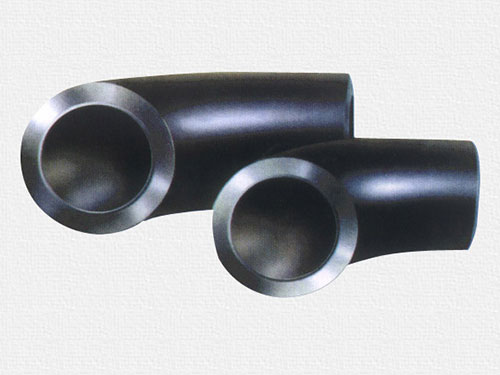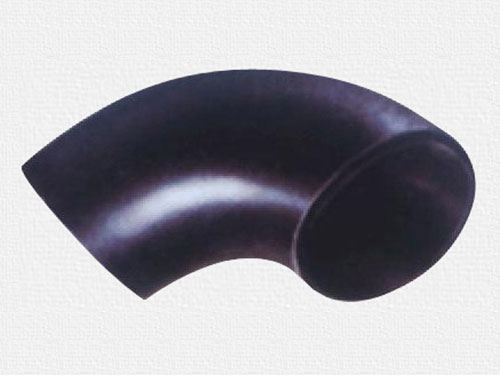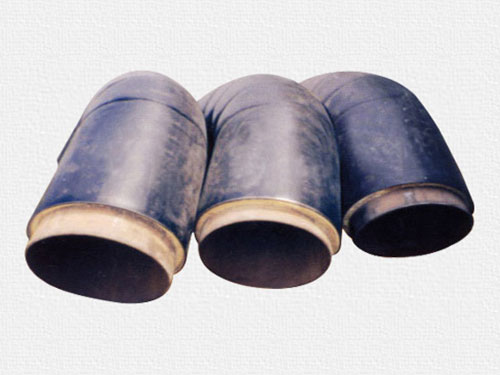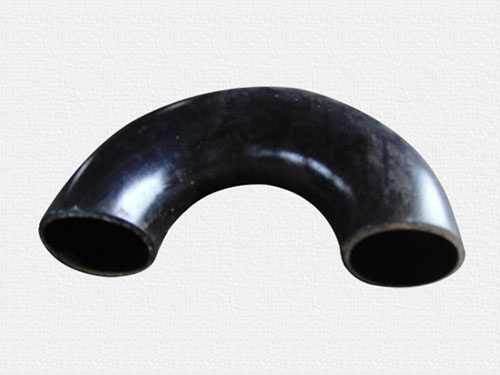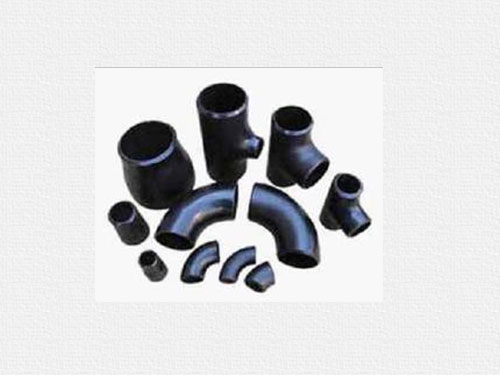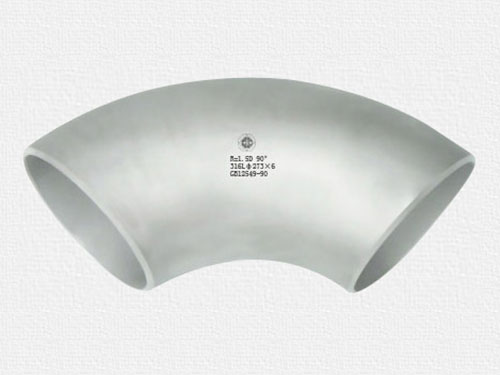Different flange characteristics and usage considerations
Compared with carbon steel, stainless steel has the following characteristics:
1, high electrical negative rate, about 5 times of carbon steel.
2, large linear contraction coefficient, 40% larger than carbon steel, and with the rise in temperature, the linear contraction coefficient of the value of the corresponding progress.
3, low thermal conductivity, about a third of the carbon steel.
Precautions for use:
1, in order to prevent the flange cover heating and eye corrosion, welding current should not be too large, less than 20% of the carbon steel welding rod, arc should not be too long, fast cooling between layers, to narrow welding pass is appropriate.
2, the use of welding rod should adhere to monotony, titanium calcium type should be monotonic 150℃ for 1 hour, low a hydrogen type should be monotonic 200-250℃ for 1 hour (not repeated drying, otherwise the coating is prone to cracking and peeling), to prevent welding rod coating oil and other dirt, so as not to increase the carbon content of the welding seam and affect the quality of the welding piece.
3, flange pipe fittings welding, by repeated heating precipitation carbide, reduce corrosion resistance and mechanical properties.
4, chromium flange pipe fittings after welding hardening american-standard flange is large, easy to crack. If the same type of chromium stainless steel welding electrode (G202, G207) welding, must stop the preheating above 300℃ and after welding about 700℃ slow cooling treatment. If the welding parts can not stop the heat treatment after welding, should choose flange pipe fittings welding rod (A107, A207).
5, flange, in order to improve corrosion resistance and weldability and appropriate amount of stability elements Ti, Nb, Mo, etc., welding better than chromium flange. When using the same type of chromium flange welding electrode (G302, G307), should stop the preheating above 200℃ and temper around 800℃ after welding disposal. If the welding parts can not stop the heat treatment, should choose flange pipe fittings welding rod (A107, A207).
6, flange pipe fittings, welding flange welding rod has good corrosion resistance and oxidation resistance, widely used in chemical industry, fertilizer, petroleum, medical machinery manufacturing.
Flanges are disc-shaped parts that are common in pipeline engineering. Flanges are used in pairs and with matching flanges on valves. In pipeline engineering, flanges are mainly used for connecting pipes. In the need to connect the pipeline, all kinds of installation of a flange, low-pressure pipeline can use wire flange, 4 kg above the use of welding flange. Seal between two flange plates and bolt them. Flanges with different pressures have different thicknesses and use different bolts.
Flange is stainless steel material flange, because stainless steel has good corrosion resistance, so it can make structural components to adhere to the integrity of engineering design. Flanges will not corrode, pitted, corroded or worn. The chrome flange is also a combination of mechanical strength and high extensibility. It is easy to manufacture parts and meet the needs of architects and structural designers. Both metals react with oxygen in the atmosphere, forming an oxidizing film on the surface. Assuming holes are formed, the surface of the carbon steel can be protected by paint or by a non-oxidizing metal suspension plating, but, as is known, this maintenance is only a film.
In piping engineering, flanges are mainly used for connecting pipes. The required connecting pipes, flanges for various installations, and low-pressure pipes can be connected to the flanges by means of wires, and the two flanges between the sealing points can be welded beyond the pressure of 4kg, and then tightened with bolts. Different pressure flanges, with different thickness and use of different bolts pump and valve and pipe connection, these parts of the equipment, also do the corresponding flange shape.
Compared with the physical properties of stainless steel and carbon steel, the density of carbon steel is slightly higher than that of ferritic and martensitic stainless steel, but slightly lower than that of austenitic stainless steel. The resistivity increases in order of carbon steel, iron, martensite and austenite stainless steel. The order of linear shrinkage coefficient is similar, austenitic stainless steel and carbon steel are small; Carbon steel, iron type and martensite type stainless steel have magnetic, austenitic type stainless steel has no magnetic, but its cold work hardening to generate the grainy phase change will produce magnetic, can be used to eliminate the martensite structure and restore its non-magnetic.

